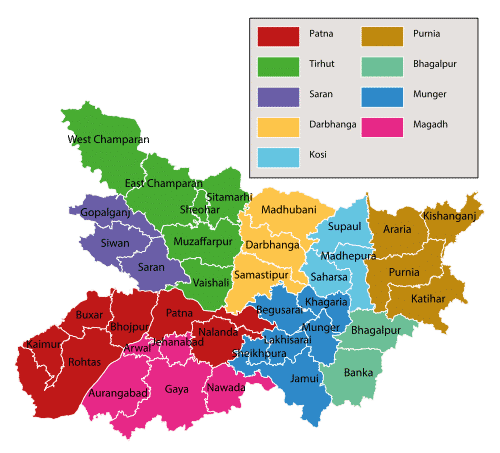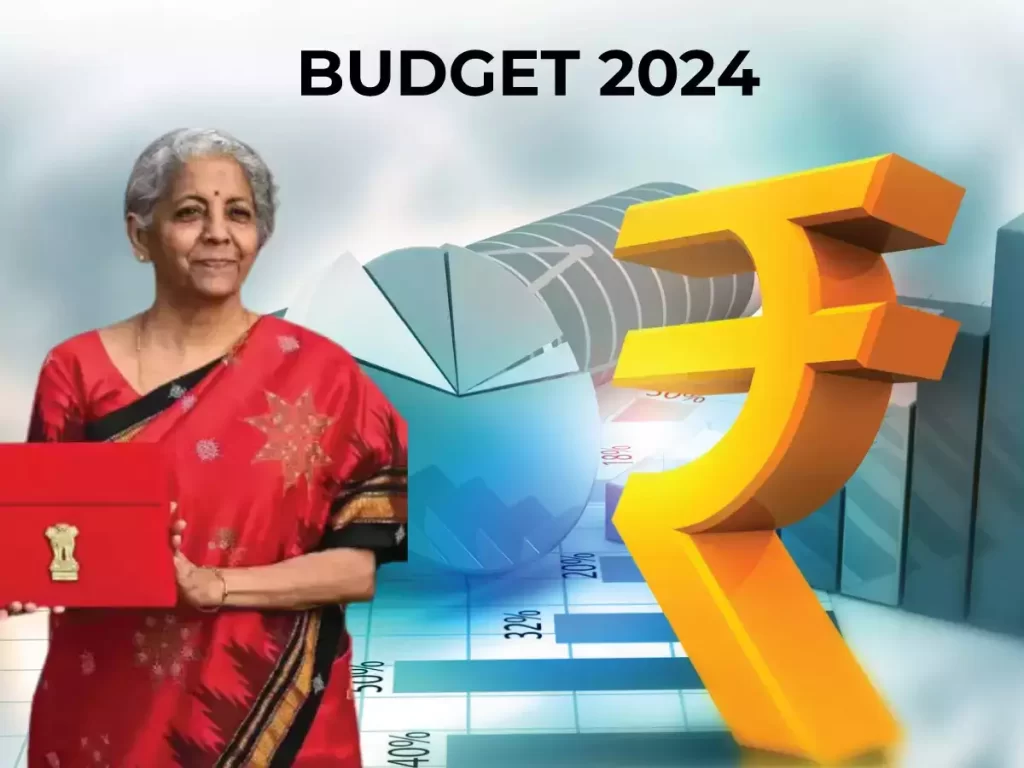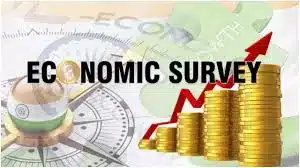Highlights OF The ECONOMIC SURVEY 2020-2021
Economic survey is annual document prepared by Department of Economic Affairs, the Ministry of Finance under the guidance of Chief Economic Advisor. It is regarded as the official report card of the union government which gives a roadmap for the country’s economy and spells the way forward. It provides a summary of the annual economic development across the country during the financial year.
The Economic Survey 2020-2021 has been dedicated to all the COVID-19 warriors, who have really helped in upholding India. This year’s economic survey is being delivered in an e-book format. The Finance Ministry has also launched an official Economic Survey app for smooth access to the document.
Volume I, attempts to provide evidence based economic analyses of the challenges of policymaking and tools to make it more effective.
Volume II reviews recent developments in the major sectors of the economy with a focus on the challenges faced due to the pandemic this year.
Saving Lives and Livelihoods amidst once-in-a-century-crisis- India’s Policy Response to COVID-19
- India’s response during the COVID-19 pandemic was guided by Research in Epidemiology and Economics to minimize large losses.
- India’s policy response also derived from the extensive research on the Epidemiology, especially that looked at the Spanish Flu epidemic of 1918 to come up with its policy response.
- One of the key things that was pointed out was the need to flatten the pandemic curve, because that gives time for the health and testing infrastructure to be ramped up.
- One of the key learnings from this research was that the pandemic spreads faster in higher and denser populations and the intensity of the lockdown matters most at the beginning of the pandemic.
- The research showed that one unit increase in the population density has far greater impact on the spread of the pandemic at the onset compared to later. This is one of the key principles that guided India’s policy response.
Effect of Pandemic itself
- Even without intense lockdowns, individuals would not have gone out anyway.
- This means that contact-bases service sectors were severely impacted.
- Precautionary motive to save goes up during times of uncertainty, leading to discretionary spending.
- Uncertainty of demand would have effected corporate investment.
So, even without a lockdown pandemic would have created significance economic impact as it did in other countries, which did not have intense lockdowns early on.
Demand-side policies
- Pandemic had both supply and demand side impact and the demand side impact was very nuanced and India’s policy response took into account the nuanced effect of the pandemic on demand.
- PMJDY balances increased during the lockdown
- India approached its response to the pandemic in a calibrated manner by at first, purely focusing on providing necessities. Almost 18 crore people were provided with free food, which is possibly the largest free food programme in the world.
- Emergency credit measures were given.
- Liquidity measures and forbearance were announced.
- Under the unlock phase, India announced demand side measures to enable discretionary consumption including the Aatmanirbhar Bharat II and III measures, which were focused on capital expenditure and wage subsidy programme.
Supply Side Impact
- A slew of structural reforms were announced to enhance supply in medium-long run to avoid loss of productive capacity.
- The reforms mainly focused on:
- strengthening the potential of primary and secondary sectors
- to create jobs and enable aggregate demand.
- The reforms included streamlining of labour laws, broad-based reforms in agriculture, MSMEs, BPO services, Power, Mineral, Defence and Space sector and strategic PSUs policy.
Does Growth lead to Debt Sustainability? Yes, But Not Vice- Versa!
Amidst the Covid-19 crisis, higher Government debt to support a fiscal expansion is accompanied by concerns about its implications for future growth, debt sustainability, sovereign ratings, and possible vulnerabilities on the external sector.
In the Indian context, Growth leads to debt sustainability but not necessarily vice-versa:
- Debt sustainability depends on the ‘Interest Rate Growth Rate Differential’ (IRGD), i.e., the difference between the interest rate and the growth rate
- Growth causes debt to become sustainable in countries with higher growth rates.
- In India, interest rate on debt is less than growth rate (Negative IRGD) – by norm, not by exception.
- Given India’s growth potential, debt sustainability is unlikely to be a problem even in the worst scenarios.
- Fiscal policy that provides an impetus to growth will lead to lower debt-to-GDP ratio.
Healthcare takes centre stage
- The Economic Survey 2021 showed that an increase in public health spending from 1% to 2.5% of GDP, as envisaged in National Health Policy-2017 can reduce out-of-pocket spend from 65% to 30% of overall healthcare spending.
- The annual survey noted that the emphasis on the National Health Mission should continue as it has played critical role in giving increased access of the poorest to pre-natal & post-natal care, & institutional deliveries.
- The survey also noted that to enable India to respond to pandemics, health infrastructure must incorporate flexibility-as events requiring healthcare attention may not repeat identically in future.
- Further, it revealed that telemedicine needs to be harnessed to fullest by investing in internet connectivity & health infrastructure, given its potential to provide health access in remote areas.
Ayushman Bharat
- Economic Survey 2021 shows Ayushman Bharat has led to improved health outcomes.
- Following causal impact of PM-JAY on health outcomes were observed:
- Enhanced health insurance coverage: Across all the states, the proportion of households with health insurance increased by 54% for the states that implemented PMJAY while falling by 10% in states that did not.
- Decline in Infant Mortality rate (IMR): IMR declined by 12% for states that did not
- adopt PM-JAY and by 20% for the states that adopted it.
- Decline in under-5 mortality rate
- Overall, the comparison reflects significant improvements in several health outcomes in states that implemented PM-JAY versus those that did not.
Bare Necessities
- The Economic Survey 2020-21 has constructed a Bare Necessities Index at rural, urban & all India level, with 26 indicators on 5 dimensions- sanitation, water, housing, micro-environment, & other facilities.
- The survey showed that all states have increased access to bare necessities in 2018 in comparison to 2012. The highest access was recorded in states like Kerala, Gujarat, Punjab and Haryana and lowest was recorded in Jharkhand, Odisha, West Bengal and Tripura.
- The inter-state disparities in the access to “the bare necessities” also showed a decline in 2018 in comparison to 2012 across rural & urban areas.
- Further, the annual survey noted that the access to the bare necessities has improved disproportionately more for the poorest households in comparison to the richest households across rural & urban areas.
Innovation
- The Economic Survey 2020-21 noted that India entered top 50 innovating countries for the first time in 2020.
- The survey shows that the government contribution to research and development expenditure is 3 times the average contributed by governments in the top 10 economies.
- Further, the survey noted that India’s business sector contributes much less to gross expenditure on R&D (37%) in comparison to businesses in each of the top 10 economies (68% on average).
- The survey also noted that the resident share in patent applications must rise for India, as currently Indian residents contribute only 36% of patents filed in India as against average of 62% in top 10 economies.
- India has to focus more on strengthening institutions & business sophistication to improve its performance on innovation output.
Does India’s Sovereign Credit Rating reflect its fundamentals No!
- This chapter reflects bias against emerging giants in sovereign credit ratings.
- Downgrading (or upgrading) sovereign debt below (or above) investment grade may have a drastic impact on prices because these rating changes can affect the pool of investors.
- Commercial banks downgraded to subinvestment grade will find it costly to issue internationally recognized letters of credit for domestic exporters and importers, isolating the country from international capital markets.
- Sovereign credit ratings methodology should be made more transparent, less subjective and better attuned to reflect economies’ fundamentals. Developing economies must come together to address this bias.
Process Reforms
- In this chapter, issue of over-regulation is illustrated through time taken for a company to undergo voluntary liquidation in India (1570 days even when there is no litigation/dispute).
- Solution is to simplify regulations and invest in greater supervision which, by definition, implies allowing greater discretion.
Inequality and Growth: Conflict or Convergence?
- Unlike in advanced economies, in India economic growth and inequality converge in terms of their effects on socio-economic indicators.
- Furthermore, this chapter finds that economic growth has a far greater impact on poverty alleviation than inequality.
- Therefore, given India’s stage of development, India must continue to focus on economic growth to lift the poor out of poverty by expanding the overall pie.
- The survey argues that redistribution is only feasible in a developing economy if the size of the economic pie grows.
Also refer:








